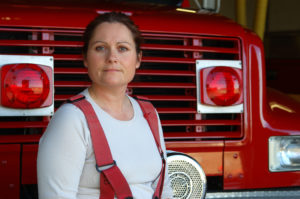The Opioid Crisis in Pennsylvania

Opioid addiction is a public health crisis in the United States, and the state of Pennsylvania has been hit hard by this epidemic. Data from the Department of Health and Human Services shows that drug overdose is the most common cause of accidental death in the country, and the majority of these overdose fatalities involve heroin and opioid painkillers.1
Lawmakers, first responders and physicians are all working to address this crisis and reduce the number of opioid-related deaths. In this article, we’ll look at the impact of the opioid crisis in Pennsylvania and discuss the strategies being used to fight it.
Understanding the Opioid Crisis
The opioid epidemic in America has claimed victims from every age, race and walk of life, and the number of fatalities has been staggering. Over 27,000 lives are lost each year from overdoses of heroin and opioid painkillers. The death rates from these opioid-related drug overdoses are comparable to those from AIDS in the 1990s.2 Pennsylvania’s state government and legislature are working hard to combat this crisis.
New Laws
Several laws have been passed recently to address the opioid epidemic in Pennsylvania. This new legislation includes some of the following measures:
- Restrictions on the ability of doctors to prescribe opioids to minors
- Restrictions on the duration of opioid prescriptions written by emergency rooms and urgent care clinics
- Improved education on safe opioid prescribing for medical schools and other medical training programs
In addition to these laws, a police crackdown is also helping to tackle Pennsylvania’s drug problem. Federal law views drug dealers in the same vein as murderers—prosecutors are allowed to seek stiff sentences ranging from 20 years to life if a drug dealer’s product led to a person’s death.
Arming First Responders
Another weapon in Pennsylvania’s war against opioids is naloxone, a fast-acting drug that can temporarily reverse an opioid overdose within a few minutes. An average of nine overdose deaths occurred each day in Pennsylvania in 2015, but putting naloxone in the hands of first responders can help reduce the overdose rate.3
 Although Pennsylvania’s Physician General, Rachel Levine, has worked over the last few years to make sure first responders are equipped with naloxone, she is now pushing to make the drug available to firefighters and police officers in nasal spray form.
Although Pennsylvania’s Physician General, Rachel Levine, has worked over the last few years to make sure first responders are equipped with naloxone, she is now pushing to make the drug available to firefighters and police officers in nasal spray form.
Battling the opioid epidemic in Pennsylvania and across the nation is a frustrating task—newer, more potent drugs continue to appear on the scene and wreak havoc on communities. Fortunately, officials are taking swift action, and the results are optimistic. If you or a loved one are struggling with opioid use, know that effective help is available. There’s no need to become another statistic in America’s drug epidemic. With treatment, you can break free from the grip of opioid addiction and start a new life.







